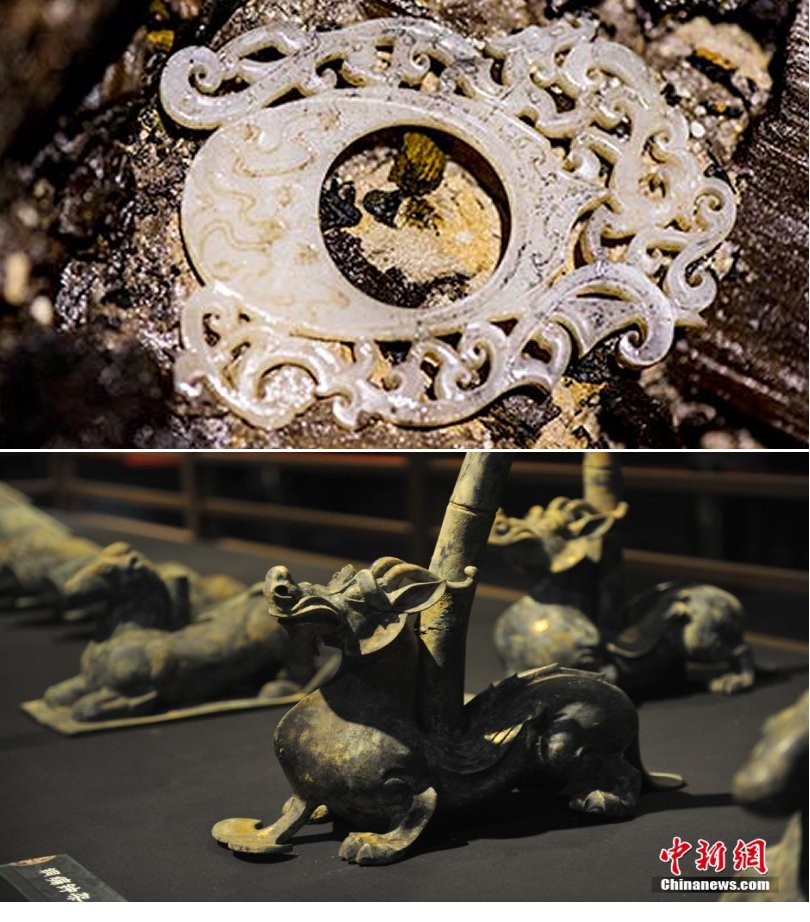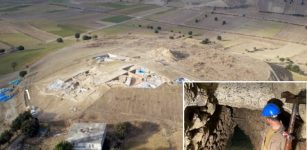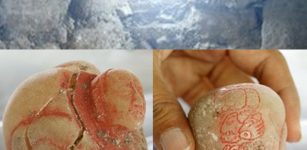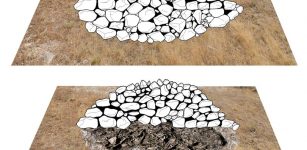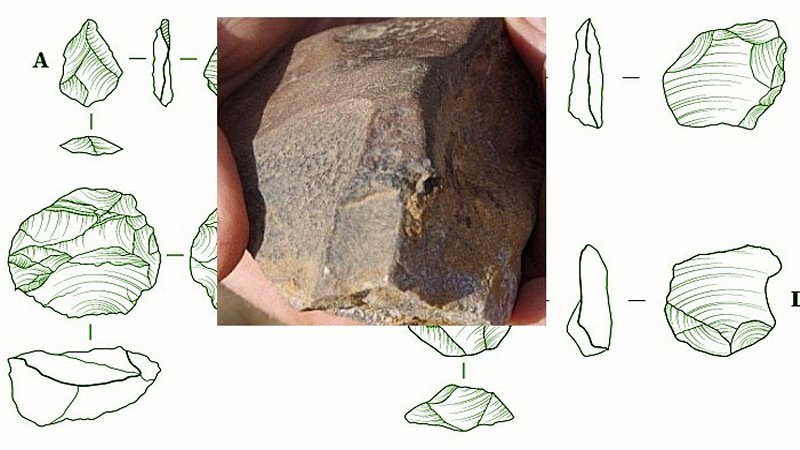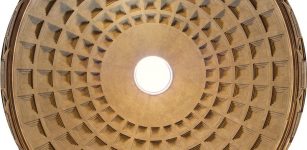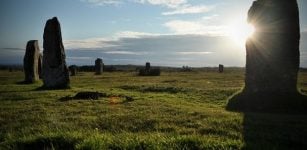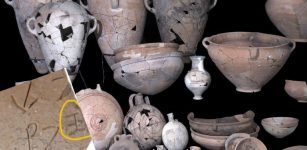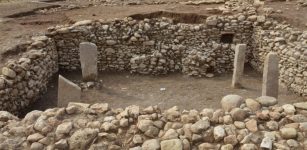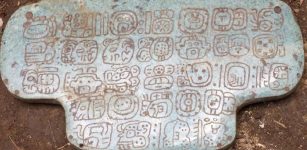Identity Of Han-Dynasty ‘Marquis Of Haihun’ Confirmed
MessageToEagle.com – After five years of meticulous excavations conducted at the Haihunhou cemetery near Nanchang City, capital of east China’s Jiangxi Province, archaeologists have concluded that the main tomb was indeed that of the marquis of Haihun, a deposed emperor of the Western Han Dynasty.
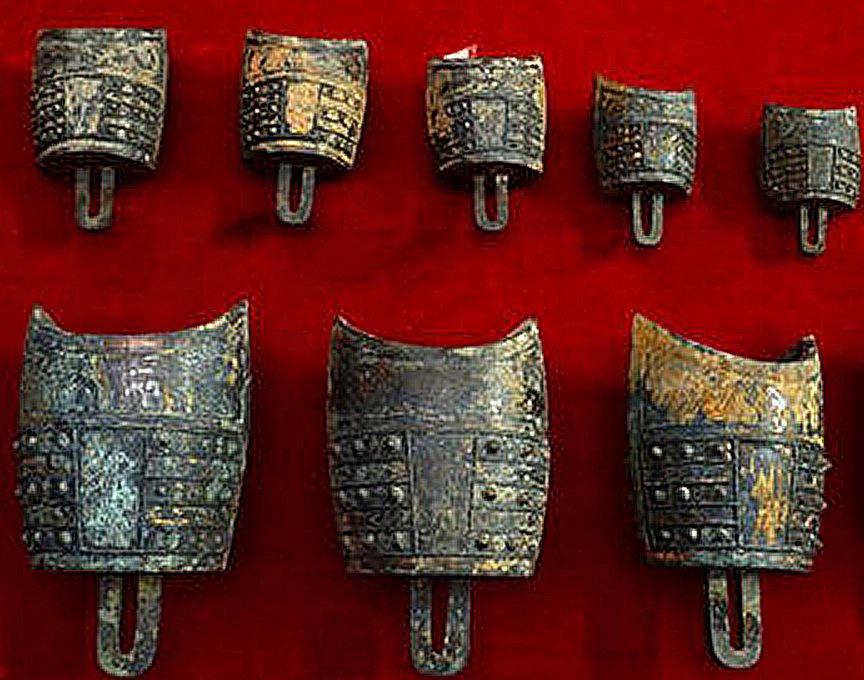
It’s the most complete known Western Han Dynasty (206 BC – 24 AD) cemetery. It covers some 40,000 square meters with eight tombs and a chariot burial site, with walls that stretch for almost 900 meters.
The tomb’s occupant was Liu He, grandson of Emperor Wu. Liu was given the title “Haihunhou” – or “Marquis of Haihun” – after he was deposed as emperor after only 27 days.
“There are six pieces of evidence to prove our conclusion. The three direct pieces of evidence are letters from Liu He and his wife to the emperor, the 90 golden pieces we found between the outer and inner coffins, and a jade stamp, all of which bore his name,” Xin Lixiang of the State Administration of Cultural Heritage told ECNS.

See also:
Remarkable 2,000-Year-Old Smoke-Absorbing Lamps Reducing Pollution Discovered
10,000 Relics And Portrait Of Confucius Unearthed In Ancient Tomb in Nanchang, China
Locked Tomb May Shed Light On Fate Of Little-Known Emperor 2,000 Years Ago
“And the indirect evidence includes Han-Dynasty official scripts we found on bamboo slips and wooden tablets, coins and porcelain and ceramics, in styles consistent with the works of that age,” said Xin Lixiang, an expert of State Administration of Cultural Heritage.
The exhibits on display in Beijing are only a small part of the massive discovery. Some may take years to clean up and restore before facing the public.
Most highly anticipated are the bamboo slips and wooden tablets, which are not appearing this time. They are the first such find in Jiangxi and a groundbreaking discovery for the whole of China.
“We have so far excavated between four and five thousand bamboo slips and wooden tablets, and now they are stored in our laboratory. We presume they were the fragments of Liu He’s favorite books.
“Those light wooden pieces are among the most difficult items to clean and preserve, and they are terribly rotten. We are using the most advanced technologies to restore them,” said Yang Jun, the leader of excavation team.
Lying on a mountain near the city of Nanchang, the cemetery site was reported robbed five years ago. The Jiangxi Institute of Archaeology then started a rescue excavation and has since unveiled a spectacular hoard of treasure.
The exhibition in Beijing runs until June the 2nd.
MessageToEagle.com
source: ecns.cn

